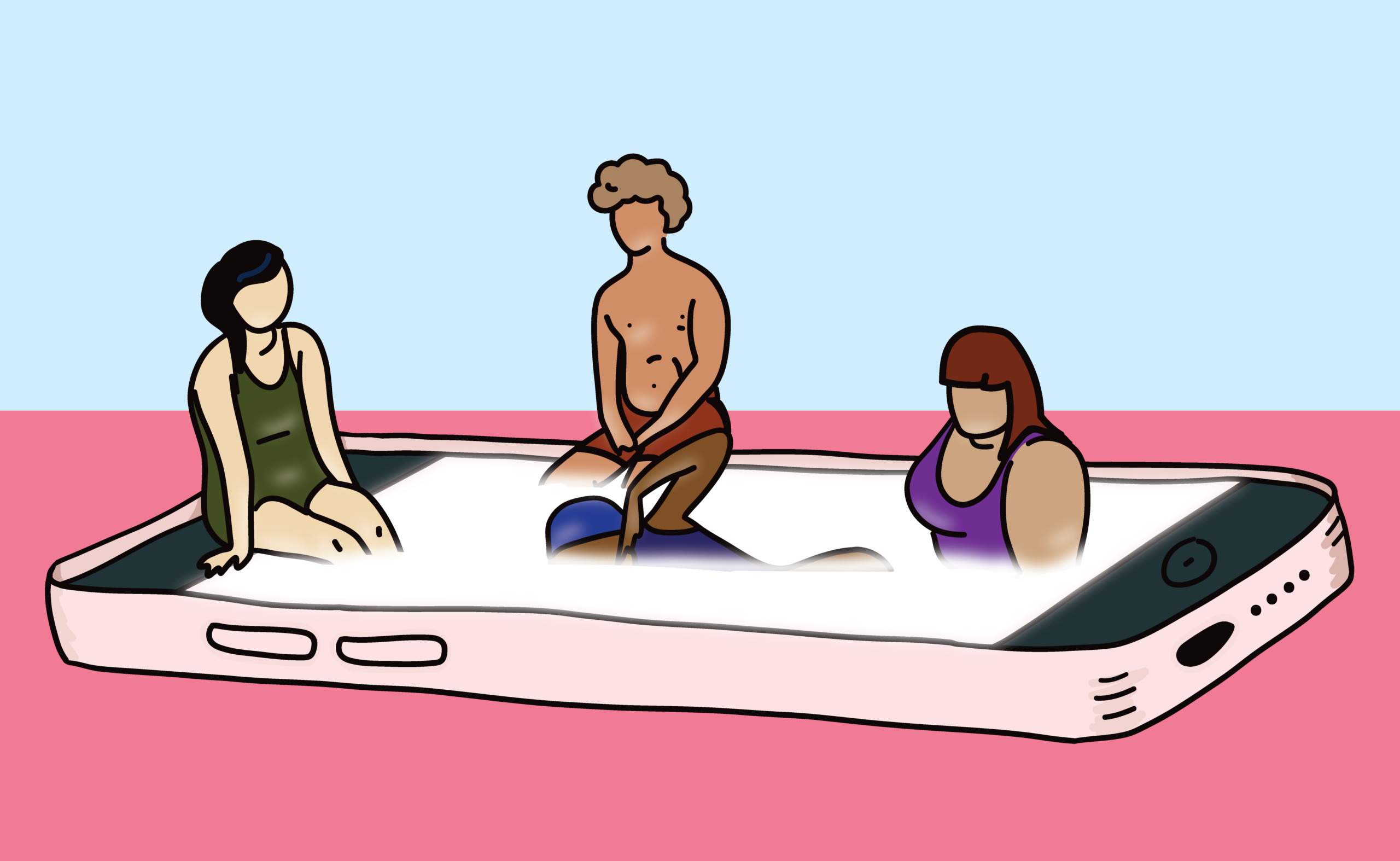Social media culture of wellness is a good thing. Principally.
With the pandemic underway, more and more people are turning to social media to follow friends and family and stay in tune with the world. Popular social media like Instagram, Twitter, Snapchat and TikTok are seeing a huge influx of wellness bloggers on social media posting articles on topics related to mental, spiritual and physical health, spreading positivity and awareness. , educating the public and providing more support. for users who feel a deeper connection to the content.
The benefit of this new wave of mental health awareness is clear: Support is imperative for well-being. These posts create a sense of community by allowing people to recognize symptoms and offer advice quickly and easily. It helps people who see these messages to realize that others are going through the same difficulties. This sense of representation and understanding is one of the greatest benefits this new culture has to offer. It gives individuals the opportunity to talk to others and learn from each other.
A bonus: staying behind a screen makes it much easier for people struggling with anxiety or fear to speak to reach out and support each other. Social media posts are also handy: these pages are easy to access and provide individuals with the knowledge and tools they need to start the research process and take care of themselves.
Finally, and most overlooked, is the benefit of encouragement. Not only are these posts a great encouragement for those struggling to take care of themselves, but the success stories and positive journeys often provide individuals with inspiration and achievable goals they can achieve. Body positivity is one example. People of all shapes and sizes are celebrated, supported and encouraged, creating a positive and safe community to begin the process of feeling good about yourself. It is certainly not a cure, nor perfect, but it is a starting point.
However, the wellness culture of social media has very negative effects. Just as individuals can internalize positive messages, so can they more easily internalize negative and damaging comments and stated ideals. While body positivity can start with social media, body image issues can also come from these blogs and social media posts. Before we know it, we’re starting to stick to these hyper-positive and unrealistic standards. Depression, anxiety, and other mental health issues can also start in ways we often forget to consider. Sometimes seeing an excessive amount of toxic positivity messages that fail to recognize the valleys of life can put users in a situation that makes them feel discouraged and inadequate. Additionally, positive posts can make social media users feel like they’re stuck at a low point in their lives, compared to those around them.
Despite the ups and downs of social media wellness culture, I think if in the right hands it can be a beautiful and beneficial experience. Aside from the fine line that separates the benefits from the harms, the most important and crucial takeaway from these pages is awareness. Raising awareness, fostering a sense of community and enabling others to learn about health and wellness topics is a big step in a new direction—the right way.
One of the most important things about social media wellness culture is being aware of yourself. Everyone is different and faces different challenges in life, which means you are the sole judge of whether a social media wellness blogger posts things that are beneficial to you. Whether you feel comfortable or safe in the online environment is entirely up to you.
Associate Opinion Writer (Volume 48) – Kareena is a second year student with a double major in Criminology and Sociolegal Studies and Philosophy. Through her contributions to The Medium, Kareena hopes to encourage students to make their voices and stories heard. When Kareena isn’t writing or studying, you can find her shooting baskets, watch real crime mysteries, or cook.

